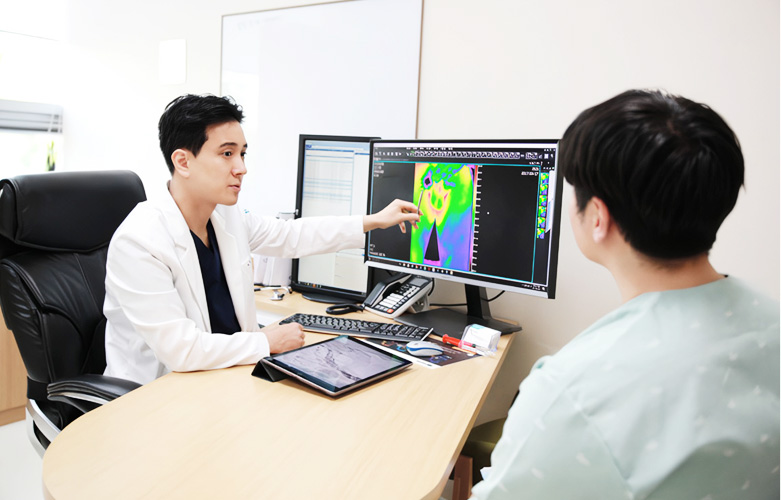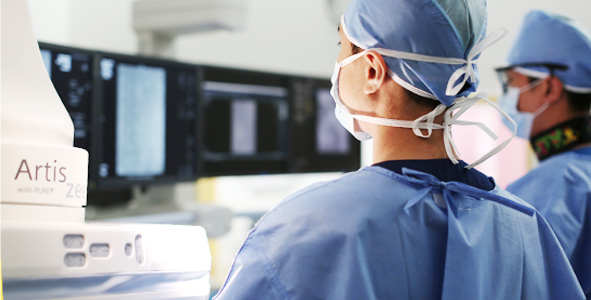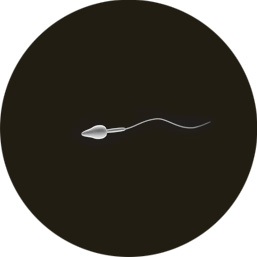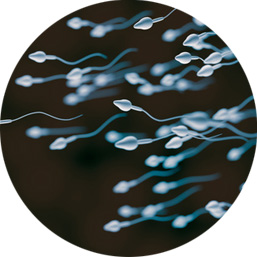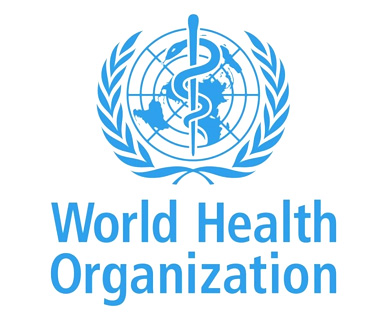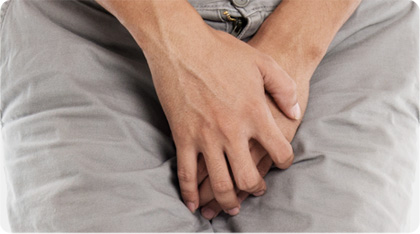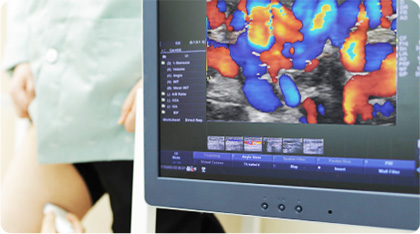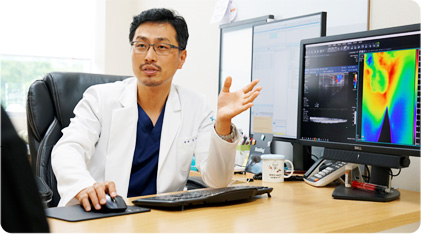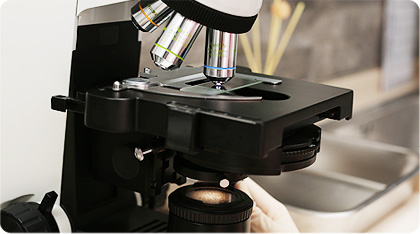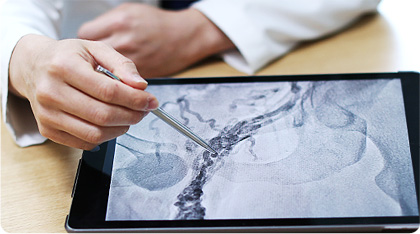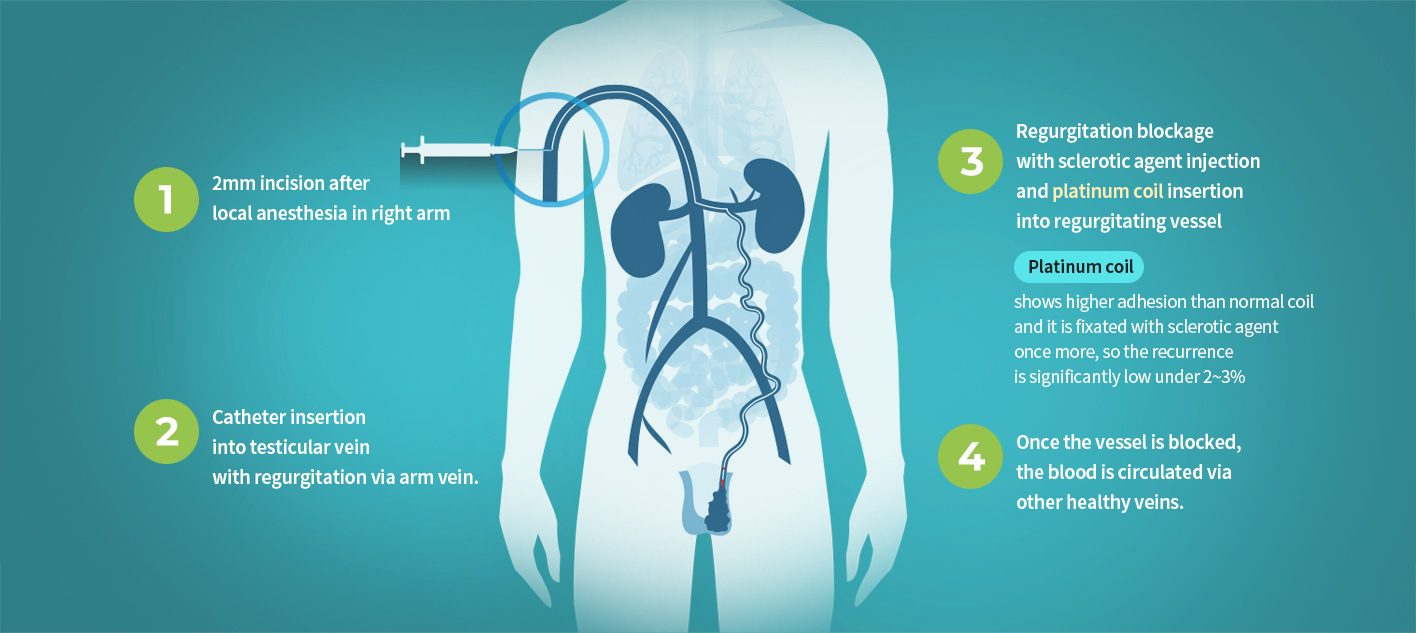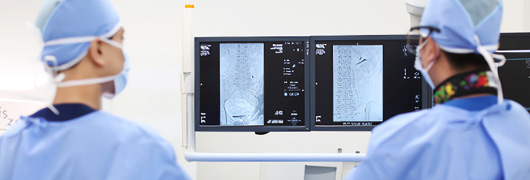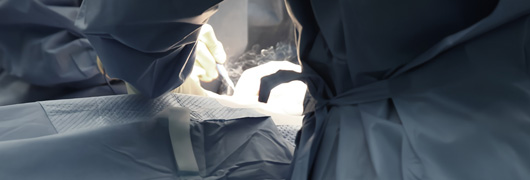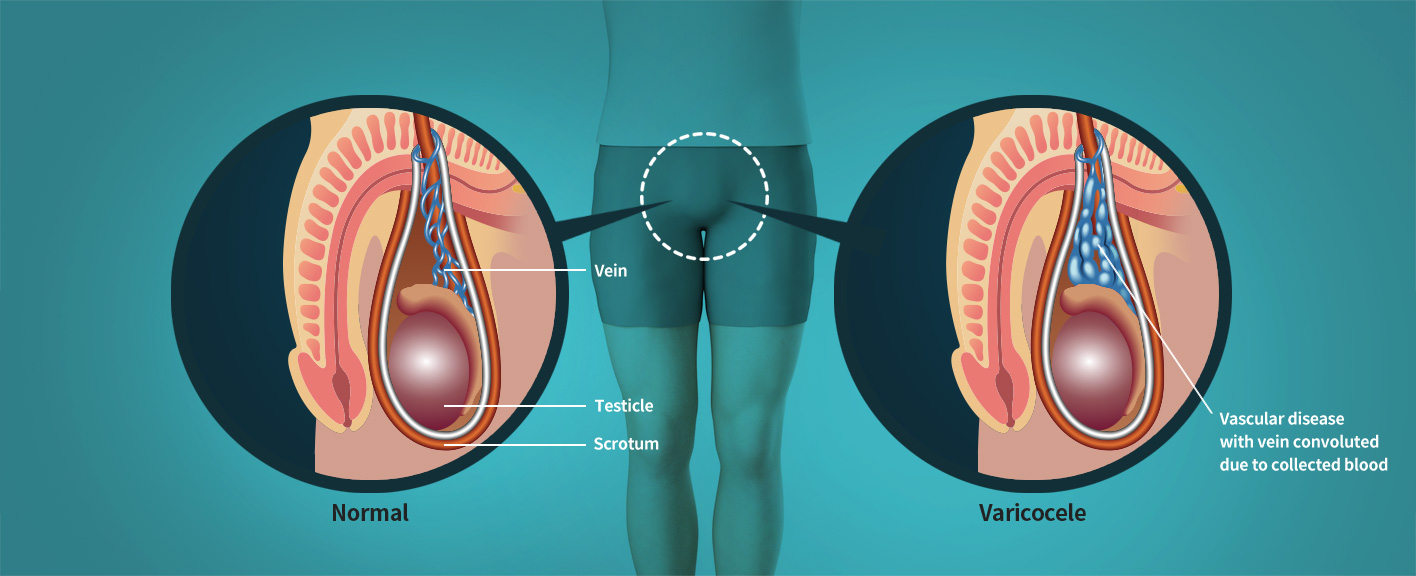
Varicocele is a vascular disease of scrotal (sac that covers testicles) vein convoluted due to blood stagnated by abnormal venous valve which interrupts blood from flowing back to heart.
It has similar pathology as varicose vein and differs in that the location is not leg, but scrotum (95% or more occurs in left scrotum). It may be rare, but it is common as 10~15% of men has it.
 KakaoTalk
KakaoTalk Blog
Blog Facebook
Facebook Instagram
Instagram YouTube
YouTube NaverTV
NaverTV Korean
Korean Chinese
Chinese Russian
Russian


 Reservation
Reservation
 Home
Home